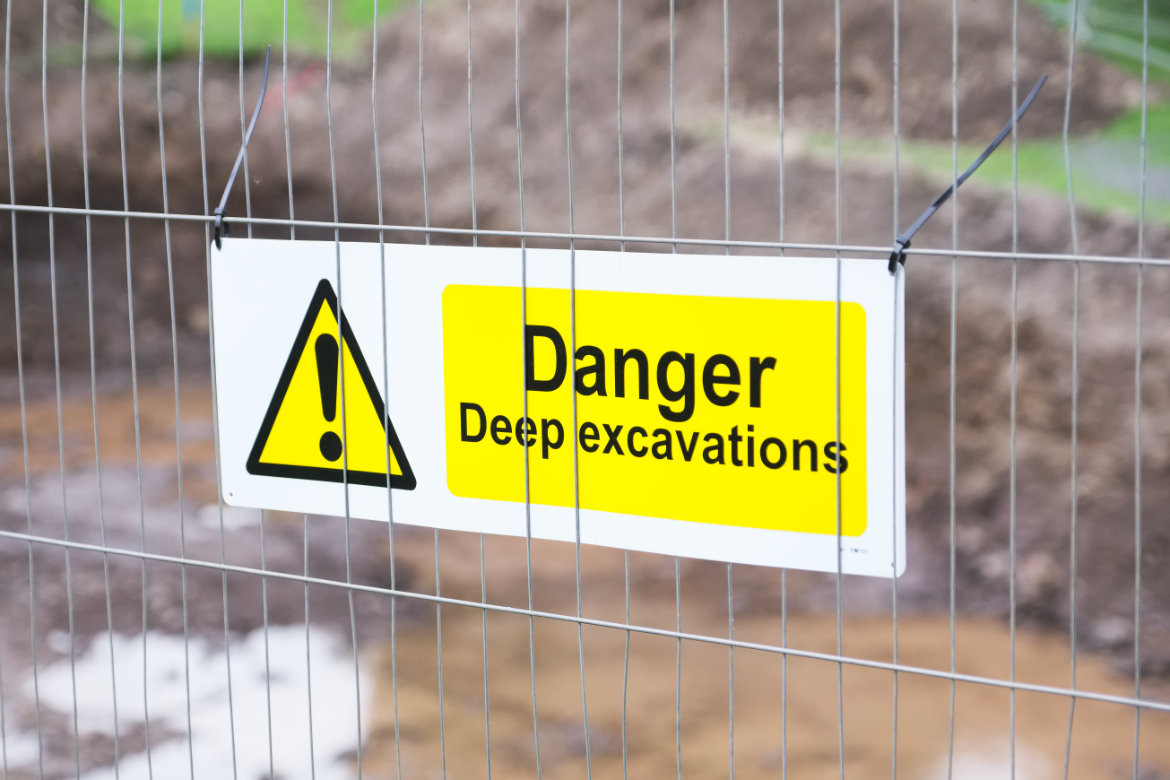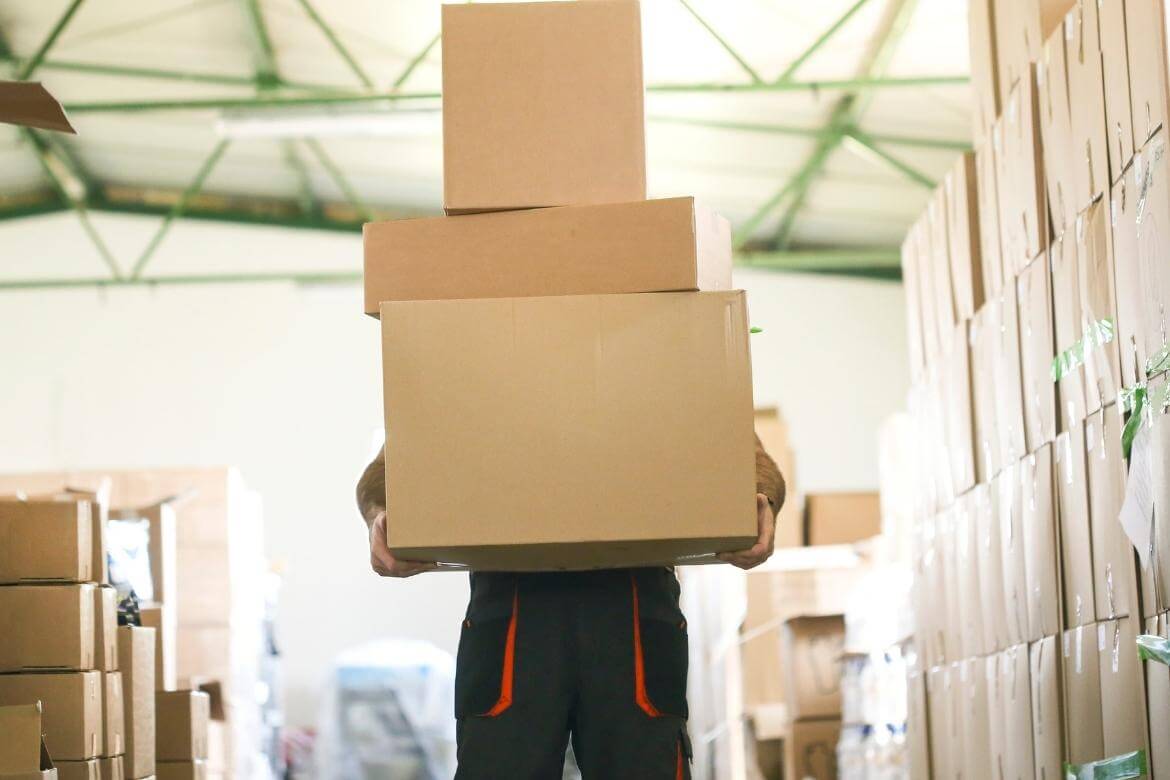Blog
Health and safety best practice, guides and updates.
20th April, 2023 - CDM
How To Assess Competence For CDM
The requirements for competence have changed slightly in the 2015 version of the CDM regulations compared to the previous 2007 version. And competence is still an important part of CDM requirements, so here's what competence means, and how to assess it for CDM.
Read Post18th April, 2023 - Management
How To Report Health And Safety Concerns
If you're worried about something, it helps to speak up. Reporting your concerns means they can be addressed. Problems can be fixed. Accidents can be avoided. But how should you report your concerns, and who should you report them to? Let's look at ways to report health and safety issues.
Read Post12th April, 2023 - Management
The Health And Safety Competent Person
The competent person isn't someone employers can hand over all their health and safety responsibilities to. But it is someone who can assist and advise. In this post, we discuss this role, including the meaning, definition and legal requirements of the health and safety competent person.
Read Post6th April, 2023 - CDM
CDM 2015 Domestic Clients And Work On Residential Projects
The requirements for domestic projects and domestic clients are a little different under the 2015 version of the CDM Regulations. Unlike CDM 2007, CDM 2015 applies in full to residential projects. In this post, we look at what a domestic project is and how CDM 2015 applies.
Read Post4th April, 2023 - CDM
The O&M Manual And How It's Different To The Health And Safety File
The O&M manual and the health and safety file are two documents you need on most construction projects. These are two different documents, sometimes supplied together and sometimes provided apart. You'll need to provide both documents at project completion.
Read Post29th March, 2023 - Construction
When To Inspect An Excavation And The Legal Requirements
The law requires you to prevent danger to people from excavations. This includes inspecting excavations to make sure they are safe. But who should inspect your excavations, and when do they need to be inspected?
Read Post23rd March, 2023 - Construction
Excavations And The 1.2m Rule
If an excavation is under 1.2m in depth does it need supporting? What are the requirements? In this blog post, we look at the 1.2m rule, how it came about, and if it still applies today. Excavations of any depth are at risk of collapse if they are unsupported.
Read Post21st March, 2023 - Toolbox Talks
9 Reasons To Have Daily Toolbox Talks
There is no legal requirement to carry toolbox talks out daily, so don’t panic if you’re not that frequent with them yet. But there are many reasons why daily toolbox talks are better for your business, health, safety, and your team. In this post, we look at 9 reasons to have daily talks.
Read Post15th March, 2023 - Paperwork
What Does RIDDOR Stand For?
RIDDOR stands for the Reporting of Injuries, Diseases and Dangerous Occurrences Regulations. RIDDOR places duties on employers, self-employed and people in control of work premises. Let's take a look at those duties, and what it means for your business.
Read Post9th March, 2023 - Management
The Hierarchy Of Risk Control
How should you reduce risk? One of the best ways to assess existing controls and identify new control measures is to consider how effective they are - based on the hierarchy of risk control. In this blog post, we will look at the full list of controls, and how to apply them to your work activities.
Read Post7th March, 2023 - Management
What PUWER Stands For (And What The Regulations Mean)
PUWER stands for the Provision and Use of Work Equipment Regulations. The regulations require that equipment is safe, suitable, maintained, inspected and installed correctly. PUWER also requires that equipment is used only by competent people when it is safe to do so.
Read Post1st March, 2023 - Manual Handling
The 4 Key Areas Of Manual Handling (And How To Assess Them)
Manual handling is more than just what you lift and carry. It's also who, how, and where. In this blog post, we look at the four key areas of manual handling, and how you can assess and control the risks involved.
Read Post- ← Previous
- 15 (current)
- Next →











